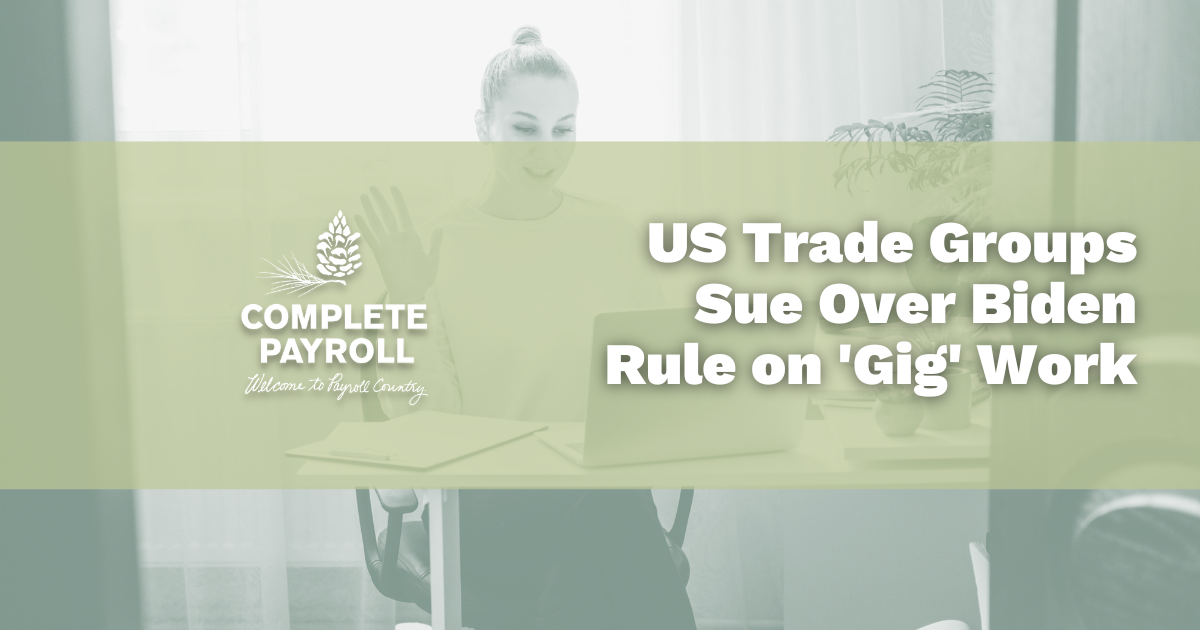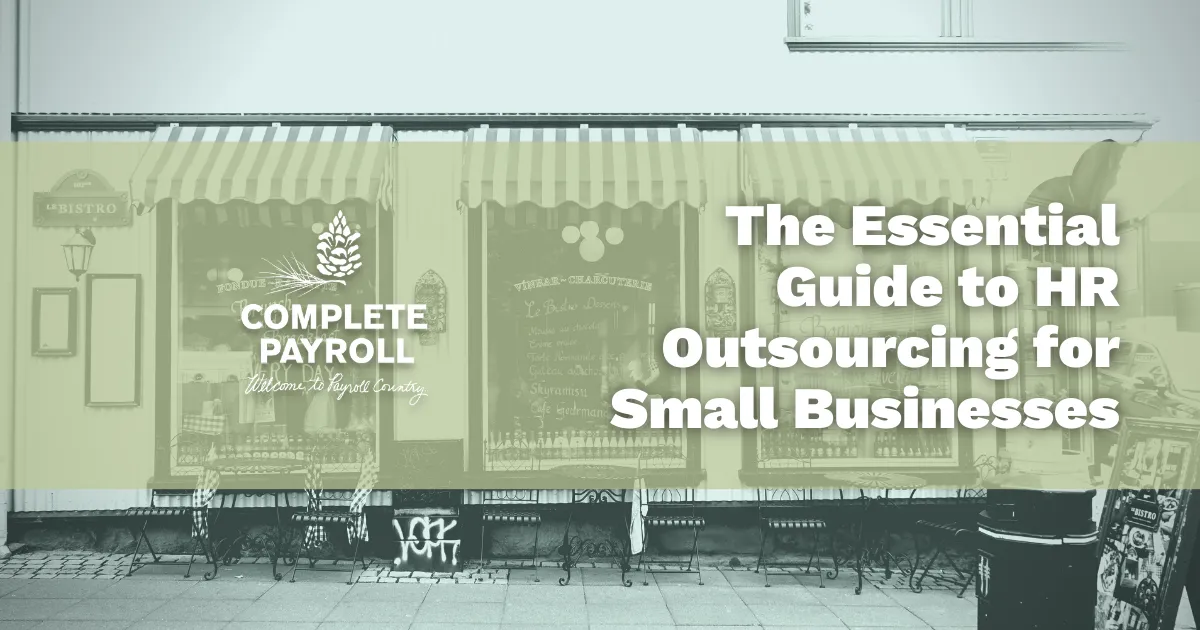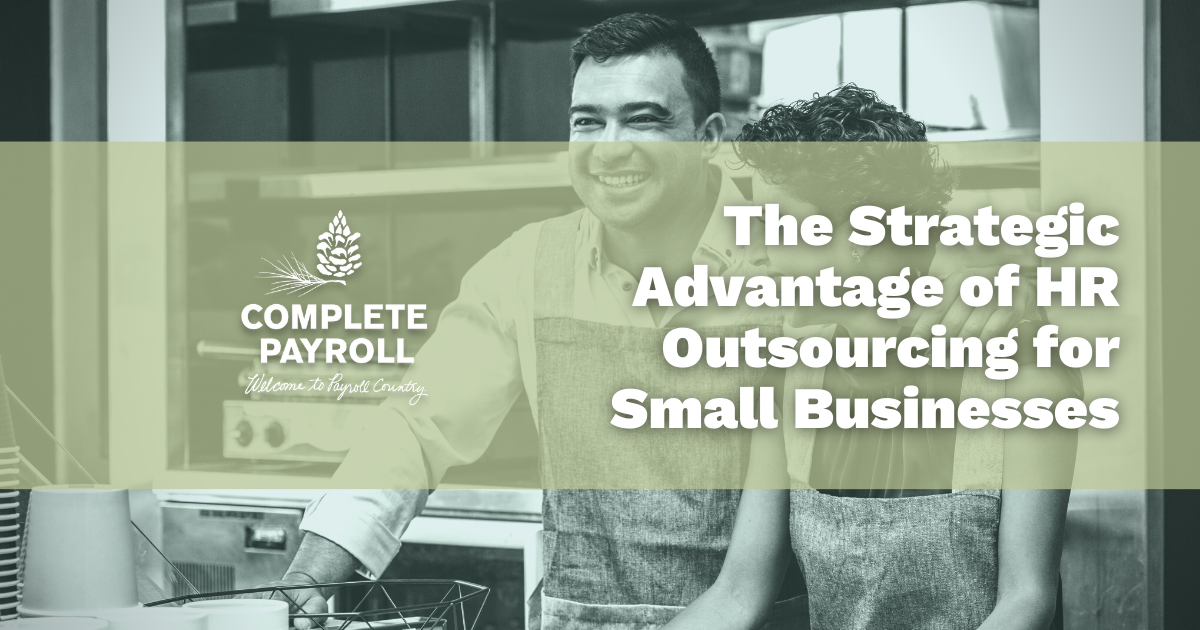
Every year, the United States Equal Employment Opportunity Commission (EEOC) requires your human-resources department to file an EEO-1 report.
This documentation catalogs the race, gender, ethnicity, and job tier of your employees for the sake of fair opportunity employment and statistical analysis. We’ve written extensively about the process, and if you’d like a full overview, you can find one here.
One such piece of information you’ll have to provide to the EEOC is the EIN number of every individual establishment in your company. (An establishment is defined as any location from which you do business with at least one employee, such as a store, a workshop, an office, a call center, etc.)
For single-establishment companies, this may be simple. For multi-establishment companies, this can be a little more complicated.
If you’re unsure whether you’re a single- or multi-establishment company, we have another article here that will explain the difference.
What Is the EIN (Employer Identification Number)?
An EIN is a nine-digit identification code assigned to you by the Internal Revenue Service. Basically, it’s a “social security number for your business” used to locate tax accounts and monitor entities required to file yearly tax returns.
It’s primarily used for corporations with employees, but certain other organizations without employees are also designated EINs as well.
Keep in mind, if you have an EIN but your corporate ownership is changed through sale or other means, there’s a chance you need a new one, and it’s a good idea to contact the IRS for more information to be safe.
Who Is Required to Have an EIN?
If you’re required to fill out an EEO-1, then you’re definitely under circumstances that require you to have an EIN simply by virtue of having employees.
But for thoroughness’ sake and to satisfy any curiosity about the process you may have, let’s go over the IRS’s technical rules (which can also be found here). If any of the following apply to you, you’re required to have an EIN:
- If you employ others.
- If your business functions as a corporation or partnership.
- If you file tax returns for employment, excise, alcohol, tobacco, or firearms.
- If you withhold taxes on income other than wages, paid to a non-resident alien.
- If you have a Keogh plan.
- If you’re involved with trusts (with certain exceptions), real estate mortgage investment conduits, non-profit organizations, farmers’ co-ops or plan administrators.
Multi-member LLCs are required to have an EIN to operate no matter what.
Many sole-proprietorships and single-member LLCs don’t bother with EINs, as they don’t have employees and can legally function without them. However, there are some benefits to getting an EIN anyway.
Most banks require an EIN for business accounts, they can help establish credit, and they can help prevent identity theft. Plus they’re useful to have if the LLC decides it wants to hire employees in the future.
How Do You Get an EIN?
If your business operates within the continental United States, then you can obtain an EIN in a matter of minutes online, any time Monday through Friday between 7 a.m. and 10 p.m. (yes, you read that right—they have hours even for the online application) on the IRS website located here. Bear in mind, the general officer, owner or partner of the company will have to apply and have a valid tax ID number such as a social security number for it to work.
If you’d rather do it the old fashioned way, you can still apply using a fax machine or by snail mail by downloading the application from the IRS website here and then looking up the correct fax number or mailing address here.
There are two special notes to make about EINs and the EEO-1 as well.
First, even if you’ve gotten away with excluding your EIN in the past, it’s important to mention that the EEOC recently amended the rules to note they will pay much closer attention, and the lack of an EIN will mean failure to certify. So make sure to include it in the future.
Second, the EEOC clarified that under circumstances in which two establishments exist at the same location, sharing the same address and the same EIN, they must share the same establishment report. If you’d like further clarification on what establishment reports are, we have an article explaining a variety of the EEO-1 reports here.
Are you struggling with correctly filing your EEO-1 form? Let the experts help! Reach out to the team at Complete Payroll today for a consultation.




















